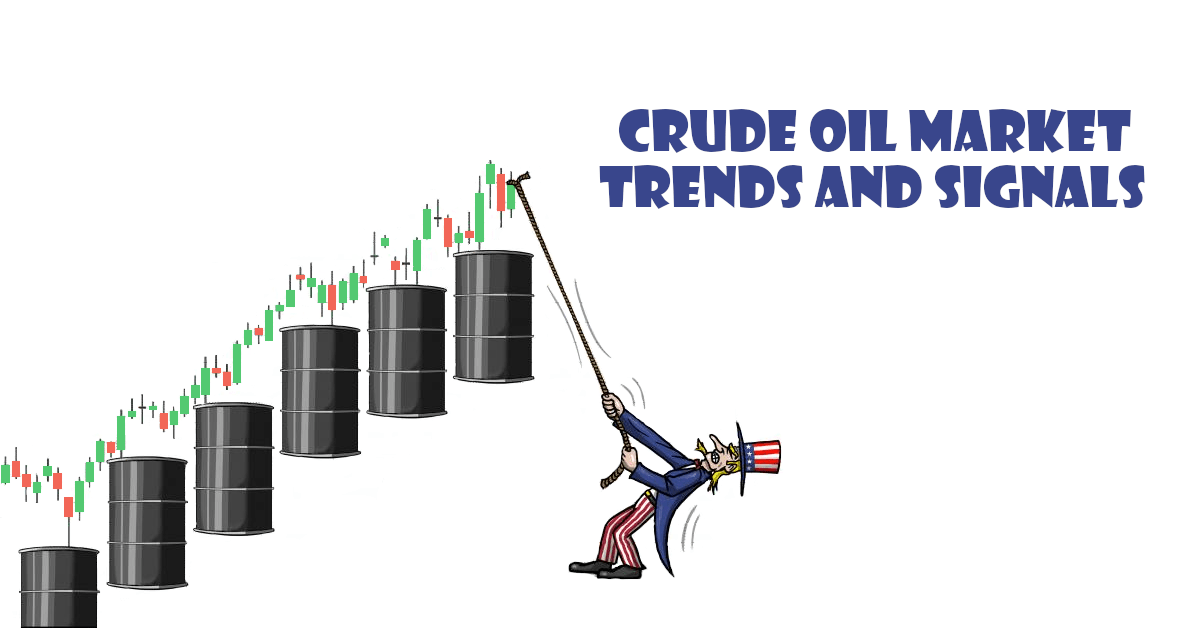Recent developments in the oil market are quite interesting, let’s break down the key points and analyze the situation:
Here we go
Supply Disruptions Matter: Oil prices are influenced by supply disruptions, as evidenced by Libya`s shutdown of four eastern oil export terminals due to a storm. These disruptions can lead to short-term price spikes and volatility.
OPEC+ Cuts: The decision by OPEC+ to extend voluntary supply cuts of 1.3 million bpd until the end of the year is contributing to a tightening of global oil supply. This indicates that major oil-producing nations are actively managing supply to support prices.
Demand Outlook Remains Bullish: Both OPEC and the U.S. Energy Information Administration have provided positive outlooks for oil demand in 2023 and 2024. This suggests that, despite some macroeconomic headwinds, the market anticipates strong demand for oil in the near future.
Geopolitical Factors: Geopolitical events, such as supply disruptions in Libya and ongoing tensions in various oil-producing regions, can have a significant impact on oil prices. These events should continue to be closely monitored.
Global Macroeconomic Conditions: High interest rates and elevated inflation are cited as macroeconomic headwinds that could potentially affect oil demand. A softening of these economic factors may provide support for oil prices.
Russian Oil Production Decline: The expected decline in Russian oil production further tightens global supply, which can influence prices.
Inventory Trends: The rise in U.S. oil and gasoline inventories, as reported by the American Petroleum Institute, suggests that supply is increasing in the United States. This could potentially put downward pressure on oil prices if the trend continues.
Market Spread: The widening spread between front-month and future-month oil futures contracts indicates a near-term tightening of supply. This suggests that market participants anticipate higher prices in the short run.
Inflation Data: The forthcoming U.S. inflation data may have implications for the Federal Reserve`s monetary policy decisions. If inflation moderates, it could influence the central bank to keep interest rates steady, potentially supporting economic growth and oil demand.
In summary, the oil market is influenced by a complex interplay of supply and demand dynamics, geopolitical events, and macroeconomic factors.
While there are concerns about supply disruptions and economic headwinds, the overall outlook appears to be positive for oil prices in the near term, driven by supply management by major oil-producing nations and bullish demand expectations. However, continued monitoring of inventory levels, geopolitical developments, and economic indicators is crucial to understanding how oil prices may evolve in the coming months.
Let’s check out the price chart of the Oil and analyze price behavior
From the daily chart on Crude Oil we can see
- Breakout of Key Resistance at $83: The analysis starts by noting that Crude Oil experienced a breakout above the $83 resistance level. This breakout is usually seen as a bullish signal and indicates a significant shift in market sentiment.
- Continuous Rally: After the breakout, the price of Crude Oil continued to rise without significant pullbacks. This suggests strong bullish momentum in the market, with buyers dominating the price action.
- Approaching $90 Level: the price is approaching the $90 level. This level could act as psychological resistance, and it`s common for traders to take profits or for sellers to enter the market around such significant price levels.
- Strongest Support at $83: the $83 level, which was previously resistance, as the strongest support level. When resistance is broken, it often becomes support. This level is expected to attract buyers if the price pulls back.
- Trendline Support: In addition to the $83 support level, also the presence of a trendline that aligns with this support. This adds to the confluence of support at this level.
- Buyers` Strategy: buyers may enter the market if the price reaches the $83 level, with a defined risk (stop-loss) below this support level. Their target is to aim for a new higher high, indicating a continuation of the uptrend.
- Sellers` Strategy: On the other hand, sellers would like to see the price break through the trendline. If this happens, it would invalidate the bullish setup and potentially lead to a decline in the price, targeting the previous lows of around $65.
In Conclusion
The oil market is influenced by a complex interplay of supply and demand dynamics, geopolitics, and economic factors. Despite concerns, the overall outlook appears positive for oil prices in the near term, thanks to supply management by major oil-producing nations and bullish demand expectations.
However, vigilance is required, especially regarding inventory levels, geopolitical developments, and economic indicators, to anticipate oil price movements in the coming months.


















